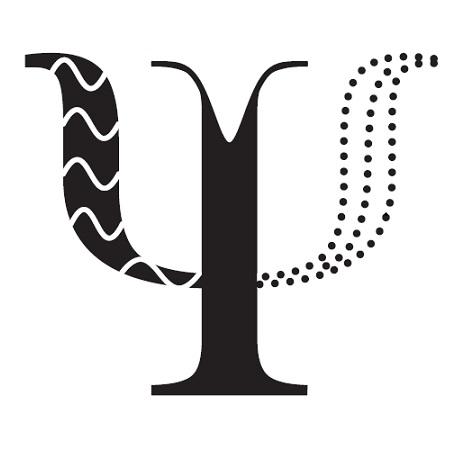
Submitted by Administrator on Fri, 03/11/2017 - 11:10
Dear Colleagues,
We would like to invite you to Total Energy and Force Methods 2018, the next workshop in the “mini” series of Computational Physics and Materials Science events. The workshop will take place in Cambridge, UK, from 9thJanuary to 11th January 2018.
The workshop will focus on the most recent developments in the field of electronic structure methods from the first-principles perspective, their diverse applications and mathematical foundations.
The confirmed speakers are:
Prof Bogdan Bernevig, Princeton University, USA
Dr George Booth, King’s College London, UK
Prof Kieron Burke, UC Irvine, USA
Prof Eric Cancès, Ecole des Ponts ParisTech, France
Dr Giuseppe Carleo, ETH Zürich, Switzerland
Prof Michele Ceriotti, EPFL, Switzerland
Prof Garnet Chan, Caltech, USA
Prof Daan Frenkel, University of Cambridge, UK
Dr Luca Ghiringhelli, Fritz Haber Institute, Berlin, Germany
Dr Andreas Grüneis, MPI Stuttgart, Germany
Prof Kristjan Haule, Rutgers University, USA
Prof Motoko Kotani, Tohoku University, Japan
Mr Michael Medvedev, Russian Academy of Sciences, Moscow, Russia
Prof Katarzyna Pernal, TU Łódź, Poland
Prof Fabio Pietrucci, Université Pierre et Marie Curie, Paris, France
Dr Mariana Rossi, Fritz Haber Institute, Berlin, Germany
Prof Atsuto Seko, Kyoto University, Japan
Please visit http://onlinesales.admin.cam.ac.uk/conferences-and-events/materials-science-metallurgy/total-energy-and-force-methods for further information and to register.
If you would like to display a poster at the workshop, please email the abstract to totalenergy2018@msm.cam.ac.uk by the 25th November for consideration.
We hope to see you in January,
Chris and Gabor
(On behalf of the Workshop Organisers, Chris Pickard, Gabor Csanyi, Mike Payne, Richard Needs, Michiel Sprik, and Mike Finnis)

